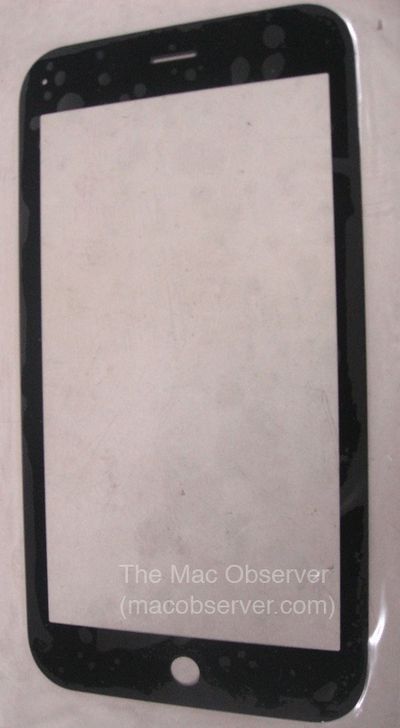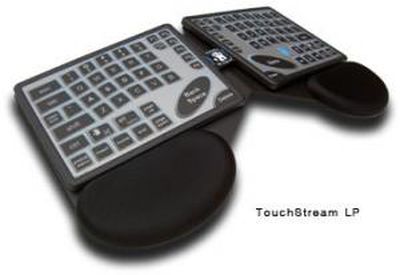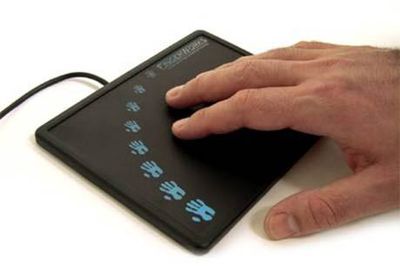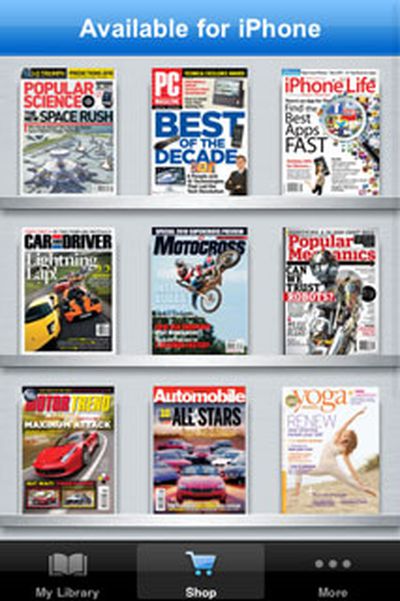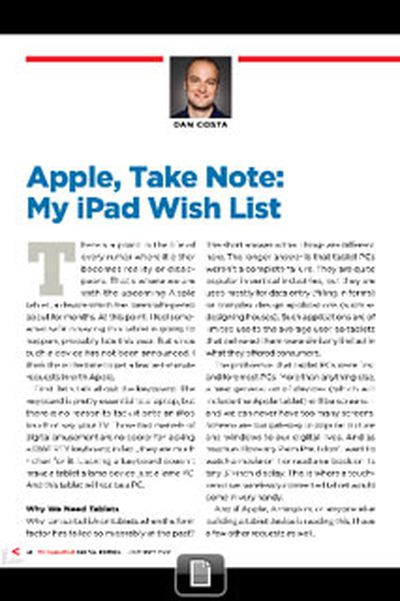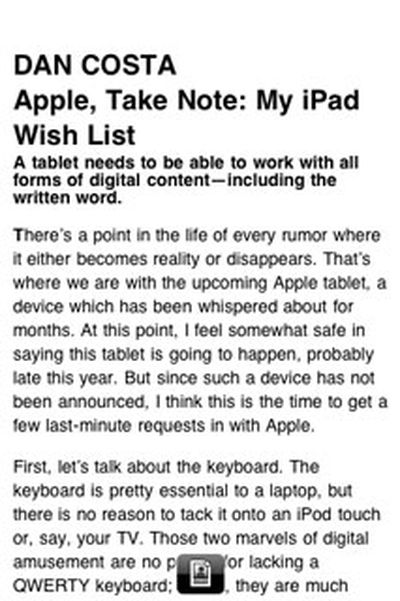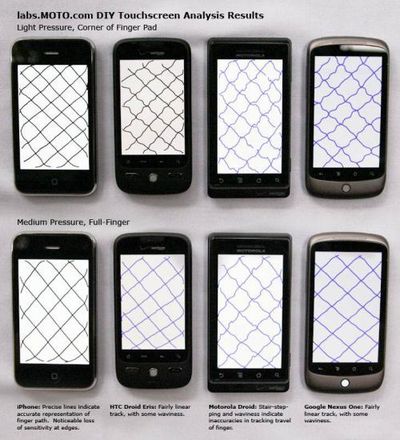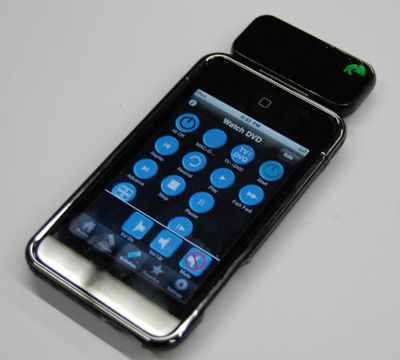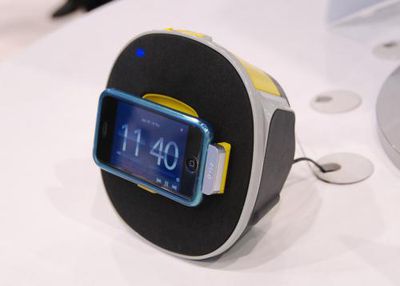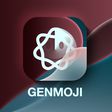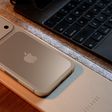TG Daily reports on a rumor it heard during CES claiming that Asian suppliers of 10.1-inch LCD and OLED screens are experiencing shortages of their products as Apple snaps up available stocks for its tablet device.
"We were designing a product for a customer and we needed 10 inch screens, but we've been trying for months and can't get one from any of the Asian suppliers," an anonymous designer for a firm wishing to remain nameless told TG Daily.
"We were told that Apple pre-ordered them all. All 10 inch LCDs, and all 10 inch OLEDs too," our source continued, redundantly adding "it's for the Apple tablet."
Reports of Apple planning to use an OLED screen for its tablet have been few, with one November report curiously suggesting that the company would delay the launch of its tablet until late 2010 in order to launch two models, one carrying a 10.6-inch LCD screen and one with a 9.7-inch OLED display. Apple's potential use of OLED technology in a number of its products has, however, been a popular topic for many years now.
Today's report of Apple causing display shortages is rather similar to a claim made last month by T3, although in that case it was claimed that the industry was experiencing shortages of 7-inch screens, with Apple speculated to be about the only company capable of demanding such quantities.


